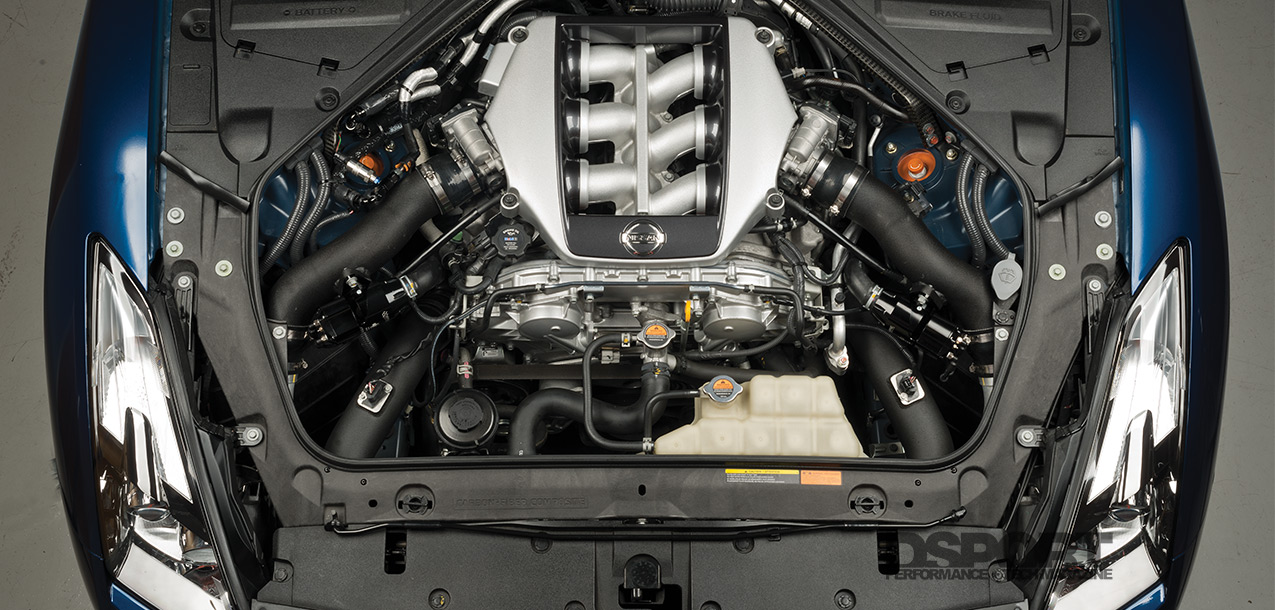First major post in a while. Beat the damn pneumonia and back in the saddle.
Here's the punch list we have to complete before going to the tuner:
1. Install 6 psi boost spring
2. Clock turbo to 12:00 (done)
3. Oil catch can
4. Move oil pressure pickup to block
5. Check timing
6. Turbo blanket (done)
7. Leak down test
8. Boost controller
Giant ass C clamp helped with the boost spring change over. New 6 psi spring sets the minimum boost. Solenoid valve sets maximum boost under control of the ECU.

New oil feed line. It will get secured to the frame.

Making the new remote oil pressure sensor line

We love building custom hoses.

Moved the oil pressure pickup to the OEM M12x1.5 fitting.

Cold oil pressure is 60 psi at idle, 70 psi 3000 RPM. Pressure relief valve looks to be working.

Once the car warms up, idle pressure drops to 30 psi. Good.

Engine warm, 3000 rpm, pressure is 60 psi. Also good.

Mechanical gauge agrees

We cleaned up the timing mark and painted it. WTF does O/T mean in German?

And finally, here's the timing check with a strobe on plug #1. You can't see the block timing mark from this angle so I highlighted it in red. Crank turns clockwise, so left of timing mark is advance. Looks to be about 10 degrees, which is what the spark map is set to for idle.

Here's the punch list we have to complete before going to the tuner:
1. Install 6 psi boost spring
2. Clock turbo to 12:00 (done)
3. Oil catch can
4. Move oil pressure pickup to block
5. Check timing
6. Turbo blanket (done)
7. Leak down test
8. Boost controller
Giant ass C clamp helped with the boost spring change over. New 6 psi spring sets the minimum boost. Solenoid valve sets maximum boost under control of the ECU.

New oil feed line. It will get secured to the frame.

Making the new remote oil pressure sensor line

We love building custom hoses.

Moved the oil pressure pickup to the OEM M12x1.5 fitting.

Cold oil pressure is 60 psi at idle, 70 psi 3000 RPM. Pressure relief valve looks to be working.

Once the car warms up, idle pressure drops to 30 psi. Good.

Engine warm, 3000 rpm, pressure is 60 psi. Also good.

Mechanical gauge agrees

We cleaned up the timing mark and painted it. WTF does O/T mean in German?

And finally, here's the timing check with a strobe on plug #1. You can't see the block timing mark from this angle so I highlighted it in red. Crank turns clockwise, so left of timing mark is advance. Looks to be about 10 degrees, which is what the spark map is set to for idle.


















Comment